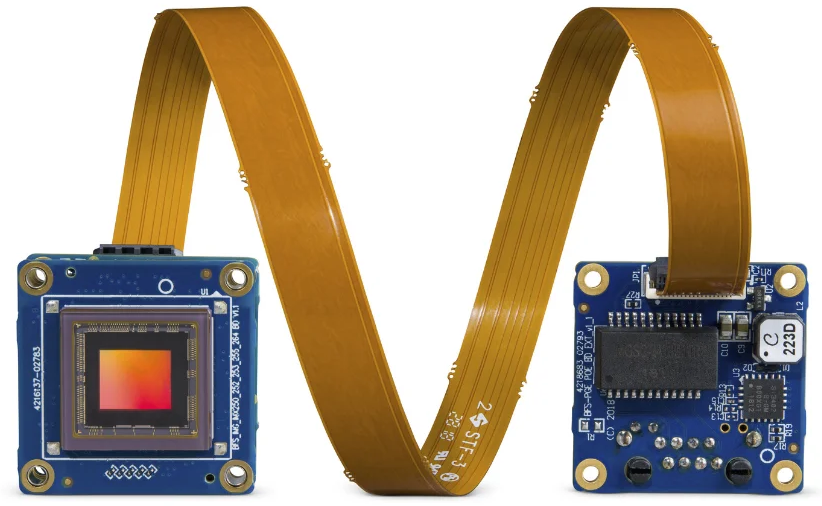
Image Credit: FLIR Systems
Exciting new product designs have been enabled by the availability of powerful and compact single board computers. This is especially useful in applications where miniaturization enhances cost and/or efficiency.
Vision systems can leverage fully-featured board-level machine vision cameras to decrease the overall size of a product even further and supply operational flexibility while supporting custom or non-standard optics. Typical examples include:
- Metrology
- Medical diagnostics
- Embedded vision
- Robotics
- Handheld scanners
- Packaging and print inspection
- Benchtop labs and other space constrained systems
In this article, a number of crucial aspects to consider when choosing an embedded vision camera are outlined. These include:
- Feature set
- Thermal management
- Electromagnetic compatibility.
- Form factor and physical footprint
- Interface options
- Software support
- Lens mounting
Form Factor and Feature Set
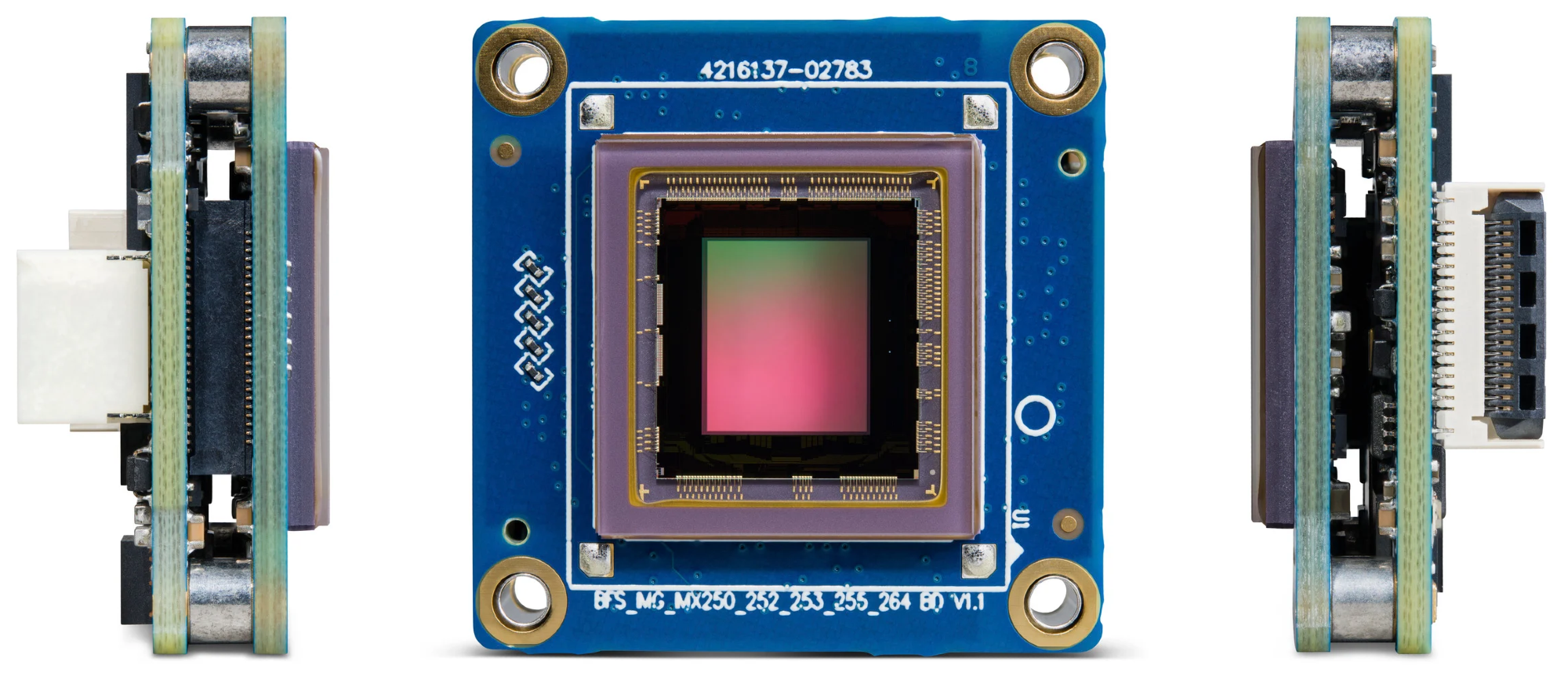
Image Credit: FLIR Systems
System designers should carefully consider their camera and imaging performance requirements when transitioning from cased to board level cameras. Many small board-level cameras only support a few GPIO lines, low resolution sensors and limited on-camera features.
The board-level variants of a number of full-featured machine vision cameras are just standard cameras with their cases removed. These cameras may not be significantly smaller than standard cased models, even though these cameras may achieve the imaging performance required.
These cameras frequently utilize standard GPIO and interface connectors, which are not ideal for embedded applications as they are bulky. For instance, typical industrial locking connectors alone are about the same size as a Blackfly S board level camera. FLIR’s Blackfly S board-level cameras were designed with embedded systems in mind from the ground up.
They provide the same rich feature-set found and imaging performance found on cased Blackfly S models in a compact 29 mm x 29 mm x 10 mm form factor, while compact GPIO and interface connectors supply further space savings.
The availability of the same form factor on all cameras ranging with sensors from ⅓ ” to 1.1 ” is a further key advantage to FLIR’s embedded vision camera line-up. It is a consistent form factor across multiple camera models, which makes developing and upgrading systems and future product variants very simple.
Lens Mounting

Image Credit: FLIR Systems
For customers who are looking to place the image sensor as close to their target as possible or to integrate non-standard optics, board-level cameras are an attractive choice.
Board level cameras give designers the freedom to select optics other than the standard C, CS or S-Mount lenses commonly utilized in the machine vision industry as they have no fixed lens mount.
This design is also perfect for laser beam profiling and biotechnology, which are applications that typically use no lens at all. Another common application of a board-level camera is to enable the lens mount to be integrated into another product part – hence the term ‘embedded vision camera.’
Molding a lens mound straight into a product’s housing can also decrease costs further by simplifying manufacturing and assembly. A mount accessory should also be purchased to assess a board-level camera that does not ship with a lens mount.
If cased models with the same features and sensors to board level models are available, these can be utilized as development platforms. One of the most important factors to consider is the size of the sensor used when selecting the correct lens mount option for a board-level camera.
Typically, S-mount lenses are designed to be utilized with ⅓ " sensors or smaller with lower resolutions, usually below 2 MP. On the other hand, CS-mount lenses are designed to work with sensors which are between ⅓ ” to ½.” It is best to use a C-mount lens if the sensor is ½ ” or bigger.
Thermal Management
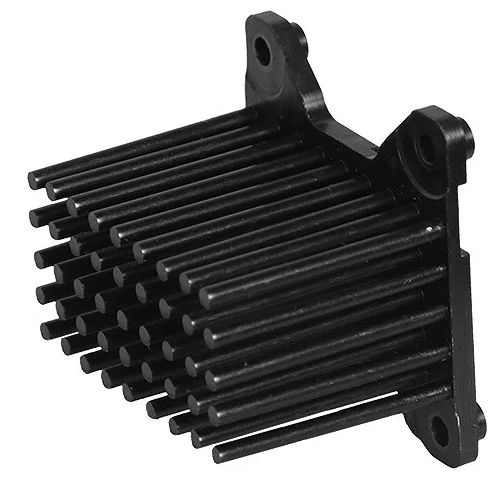
Image Credit: FLIR Systems
Cased machine vision cameras rely on the surface area of their cases to dissipate heat produced by the FPGA, sensor and other components. If they have no case, high performance board-level cameras may have further design requirements to make sure that they are operating within their recommended temperature range.
Supplying adequate heat sinking is key in these instances. Manufacturers will usually give a maximum junction temperature for this highest temperature component. The maximum junction temperature of the FPGA is specified at 105 degrees C (221 Fahrenheit) on FLIR Blackfly S cameras.
System designers have to make sure that their thermal management solution adheres to this guideline.
The surface area of the chassis the camera is mounted to, the size of the heatsink or the type of active cooler required will depend on the frame rate, the sensor, the operating environment and the volume of on-camera image processing being performed.
Case Design and Rapid Prototyping
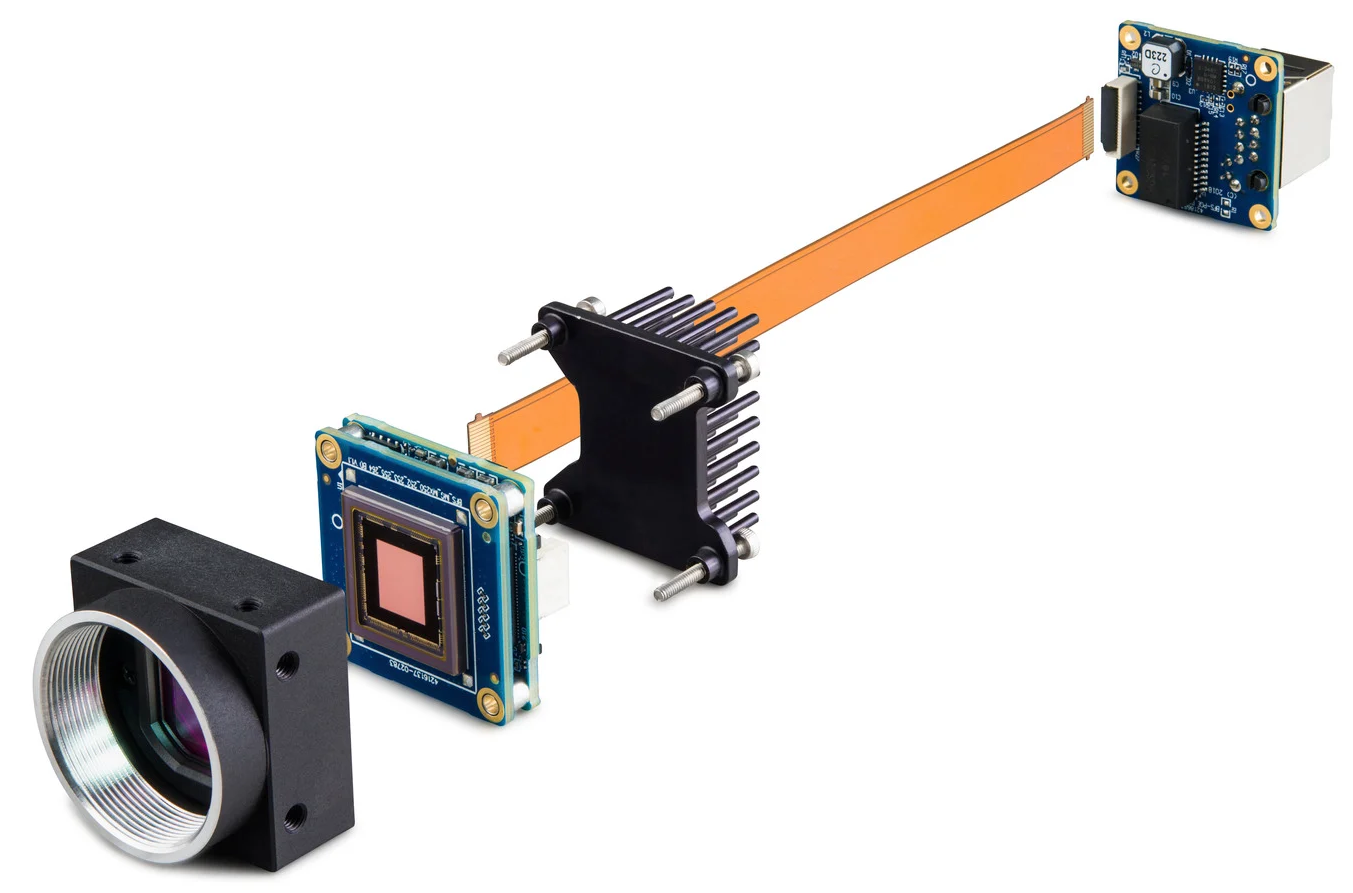
Image Credit: FLIR Systems
The utilization of thermal pastes over thermal pads to minimize board stress on the camera is recommended to attach the heatsink to the camera. In most instances, board-level cameras are integrated directly into an embedded vision system/product, and a case is not needed.
A case could be needed to prevent damage in applications where the camera is not integrated into a product, and the camera internals is left exposed to the elements.
Embedded system designers can easily design and print a case for the camera by utilizing 3D printers, or they can utilize generic plastic cases that can encapsulate the camera and mount the camera in place using spacers and mounting brackets for fast prototyping.
Interfaces and Connectors
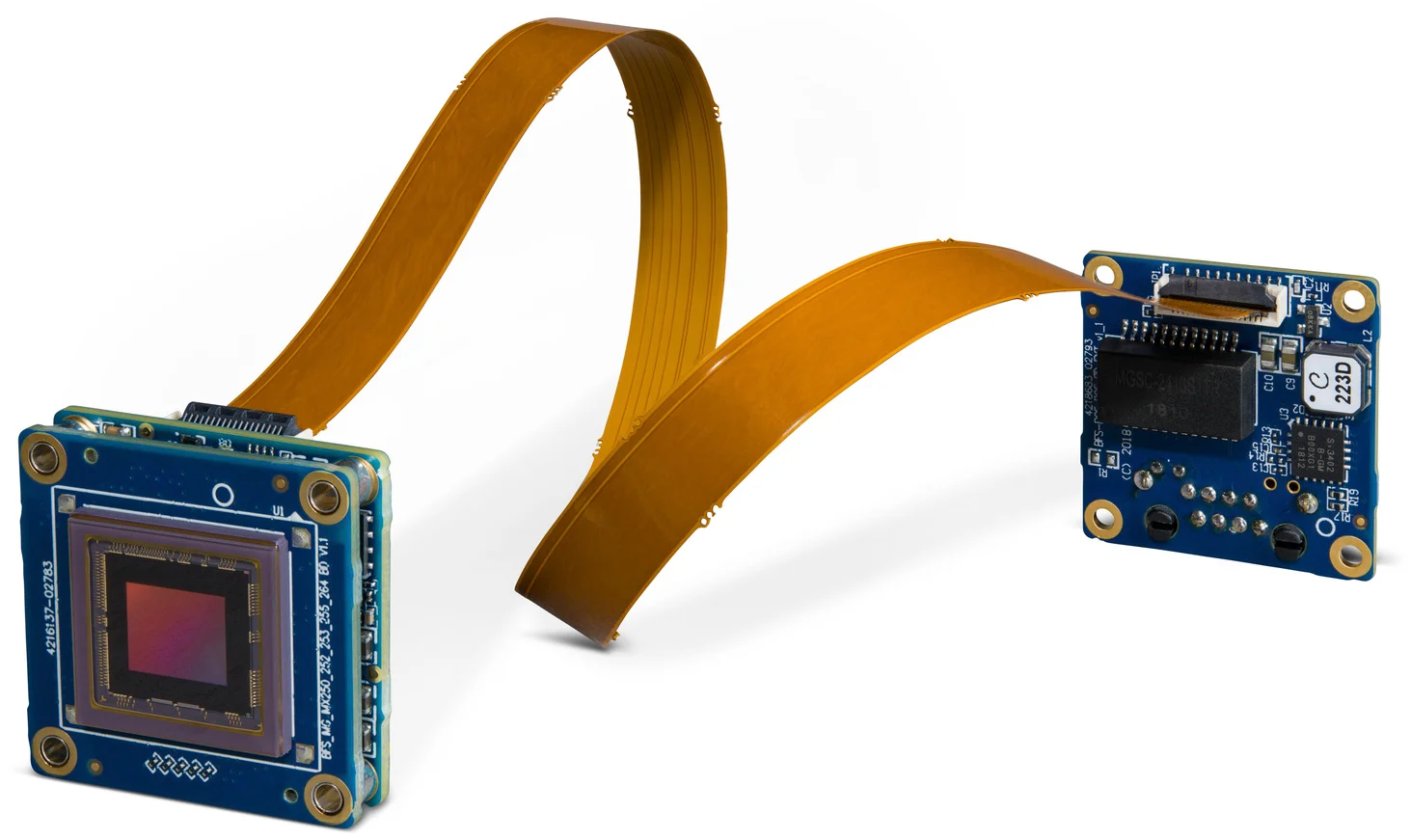
Image Credit: FLIR Systems
For embedded systems, USB 3.1 Gen 1 is an ideal interface. Its ubiquity guarantees support across a wide range of hardware - from ARM-based single board computers (SBCs) to desktop PCs.
Direct Memory Access (DMA) keeps latency to a minimum without the requirement for filter drivers. USB 3.1 Gen 1 simplifies both electrical and mechanical design by also supplying power up to 480 Mbytes/Sec of data throughput over a single cable.
One of the main aims of embedded system designers is often miniaturizing existing designs. In these instances, the maximum cable length is far less important than the volume of the connector and cable.
Flexible Printed Circuit (FPC) cables are able to support USB 3.1 Gen 1 over cable lengths of up to 30 m. As the name suggests, FPC cables can bend and twist to fit inside tightly packed systems as they are flexible.
Shielded FPC cables with locking tabs and high quality locking connectors and can also ensure a highly reliable, secure connection.
One possible drawback of USB 3.1 interface is that it is a high frequency signal which has the potential to cause interference on wireless devices up to 5 GHz (e.g., GPS signal). A FLIR board level camera with GigE interfaces can be provided for applications that use these wireless frequencies.
Another common interface on many embedded boards is MIPI CSI. Development can be more time consuming compared to USB due to the complexity of the MIPI protocol and drivers.
Low Voltage Differential Signalling (LVDS) based interfaces are designed to interface directly with a host-side FPGA and are also available, but two wires are required for each channel of signal transmission, a small but critical drawback in some applications.
Software Support
Software support is a vital consideration that should not be overlooked when choosing a camera for use in an embedded system.
An SDK that supports both embedded and desktop systems gives designers the freedom to develop their vision applications on familiar tools and deploy them easily to the embedded platform of their choice. FLIR’s Spinnaker SDK provides support for desktop Windows and Linux on x86, x64 and ARM based systems.
Electromagnetic Compatibility
The Electromagnetic Compatibility (EMC) of board-level cameras will be different from cased models without the shielding provided by a case. All cased machine vision cameras from FLIR are EMC certified, but board-level cameras are not.
As of the board-level, cameras are embedded into other products/systems and the final product must be certified separately. It is always advisable to follow best practices for electromagnetic interference (EMI) management just like any other electrical component, Irrespective of the application.
Conclusion
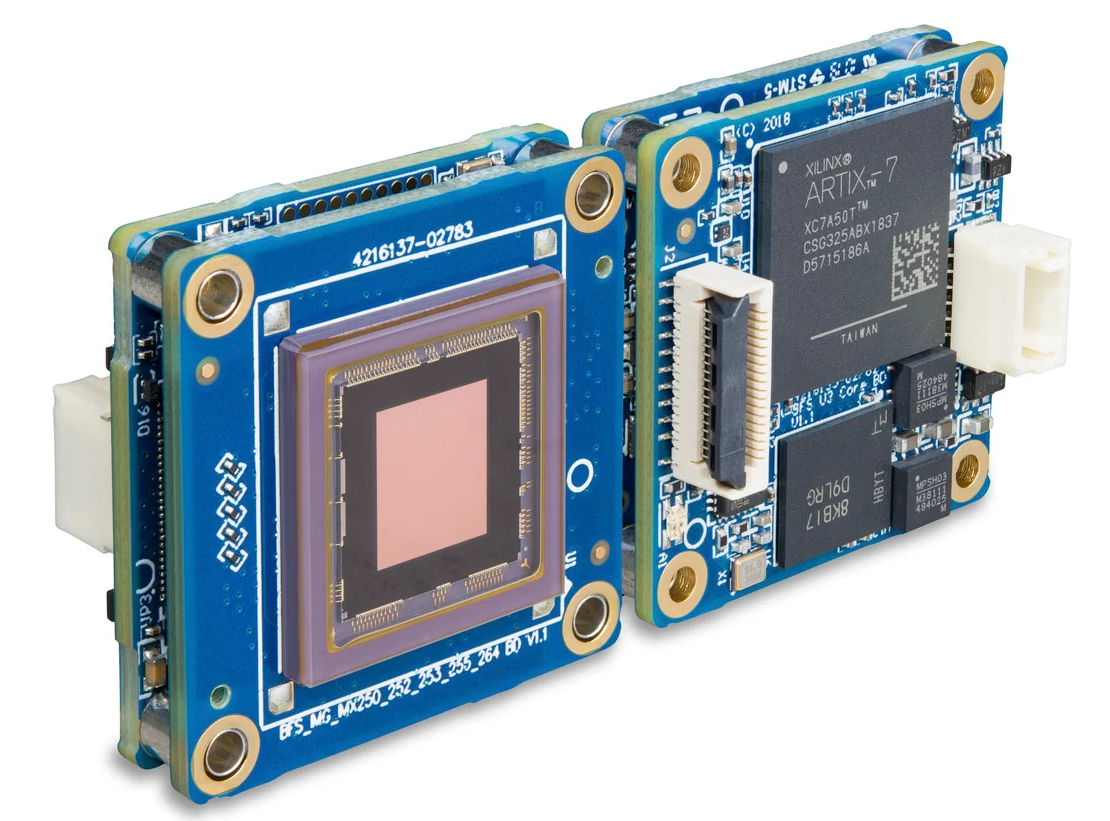
Image Credit: FLIR Systems
Board-level cameras are revolutionizing embedded vision systems, supplying the freedom and flexibility to design innovative products which are versatile and compact. Further to the factors covered in the article, it is also crucial to consider futureproofing your embedded system using high quality optics, sensors and reliable components.
FLIR’s complete line-up of board-level cameras is designed ground-up with such applications in mind and comes with an industry leading 3-year warranty.
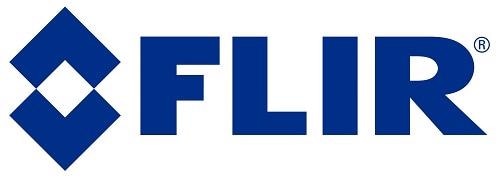
This information has been sourced, reviewed and adapted from materials provided by FLIR Systems.
For more information on this source, please visit FLIR Systems.